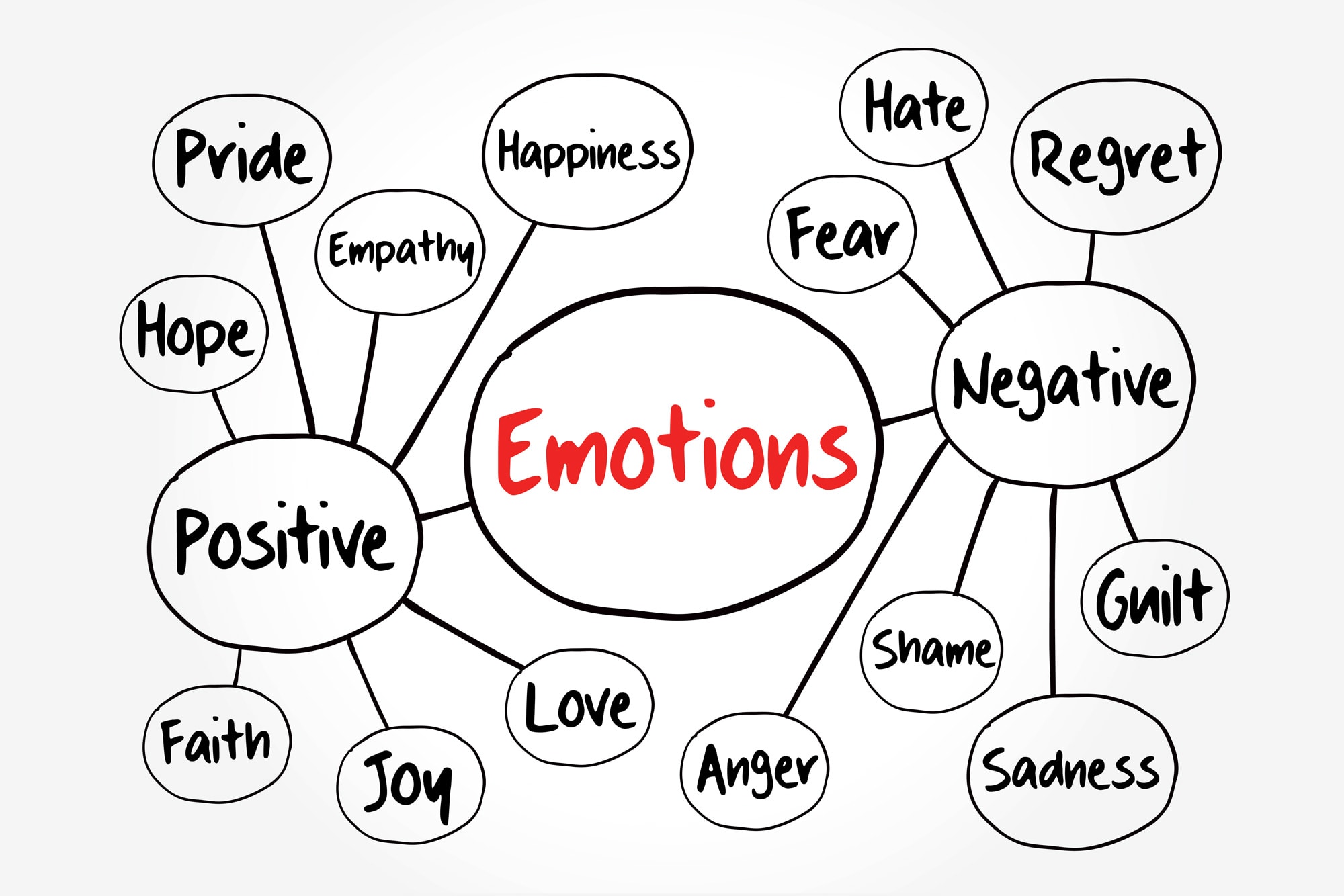

In this case, it’s protection from the threat. The desired effect of our behavior is some form of survival.

That is our behavior, in response to our emotions. Fear engages our “fight or flight mode,” and we end up fighting off the threat or fleeing the situation. Plutchik called the encounter of a threat a “stimulus event.” The inferred cognition that occurs in response to this stimulus is “danger.” The emotion that we feel is fear, ranging from apprehension to terror. When we encounter a threat, for example, we need to do something in order to escape that threat and survive. Each survival mechanism, from fight or flight to mapping out new territory, is linked to one of the eight primary emotions. His Psychoevolutionary Theory of Emotions included The Sequential Model of Emotions and the Place of Cognitions, which showed how this process took place. He was interested in the ways that emotions allow us to engage and learn basic survival mechanisms. Plutchik did not just create the Emotion Wheel so we could explore and identify our emotions. Plutchik has used both two-dimensional and three-dimensional models to show the relationship between primary emotions, the spectrum in which they sit, and the combination of emotions that we may experience at once. On either side of the primary emotions, Plutchik listed “degrees” in which these emotions can be felt. Some days, you’re jumping out of your set with joy! Other days, you are simply feeling calm and happy. Saying that you feel “joy” doesn’t always feel like enough to cover the full spectrum of that one emotion. In between each emotion is an emotion that combines two adjoining emotions: Maybe you’re waiting for a check in the mail or are particularly excited about the year to come.

You feel joy, but you also feel anticipation. You have probably found yourself in between two emotions. But there is more to the Emotion Wheel than just eight primary emotions. Disgust, and its opposing emotion, trust.Īlready, this wheel begins to resemble a color wheel.Anticipation, and its opposing emotion, surprise.Joy, and its opposing emotion, sadness.Plutchik believed that humans experience eight primary emotions, and each of these emotions has a polar opposite that is also included on the wheel: His theory of emotion expanded on previous theories, some of which had labeled six primary emotions that all human beings feel. Robert Plutchik, an American psychologist, created the Emotion Wheel in 1980. It was part of his overarching Psychoevolutionary Theory of Emotion. The Emotion Wheel was created by Robert Plutchik to help patients identify and describe the 8 core emotions: Joy, Sadness, Fear, Anger, Anticipation, Surprise, Disgust, and Trust. The Importance of Emotional Intelligence What Is the Emotion Wheel?


 0 kommentar(er)
0 kommentar(er)
